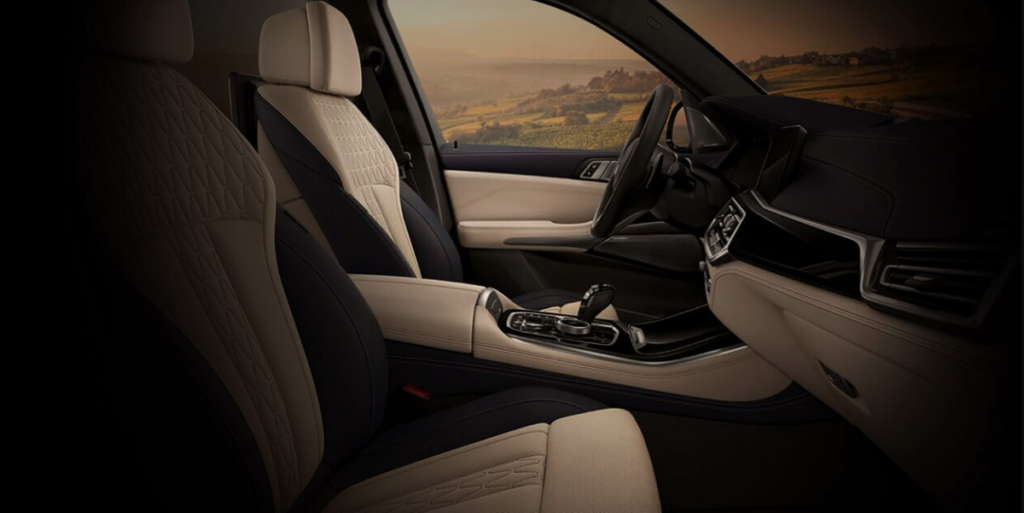Both the BMW X7 and the 2020 Mercedes GLS are opulent, fully-loaded, luxury SUVs. The GLS (formerly the GL) has taken over the space from competitors like the GMC Yukon, Cadillac Escalade, Chevy Tahoe, and Ford Expedition – and now it’s playing against the big boys: the 2019 BMW X7. How do these SUVs stack up against each other?
BMW X7 vs. Mercedes GLS
Both models offer third rows, ample room for up to seven people, five zones of automatic climate control (including third row), and the amenities you’d expect from BMW and Mercedes-Benz. Each is comfortable and drives like a dream, though to get the most out of the X7, it’s helpful to select Adaptive or Sport mode (Comfort can feel a little “loose” for some drivers).
In terms of driveability, the GLS is solid but over uneven terrain, you’ll hear a lot of noise and even feel vibrations in the cabins. BMW’s SUV is more poised in these types of road conditions. Bimmer’s brakes are also more firm compared to the relative squishiness of the Mercedes model.
While both the 2019 BMW X7 and the 2020 Mercedes GLS have a turbocharged 3.0 liter inline six, with the GLS having a small lead in horsepower (362 hp vs. 335). Acceleration times are neck and neck (mid-5 second range) and they both top out at 129 mph. BMW’s engine, though, is more refined and responsive, and it outperforms the GLS in 30-50 mph and 50-70 mph passing tests (thanks in large part to BMW’s ZF 8 speed automatic transmission).
The X7 drives a bit better (again, in Adaptive or Sport mode) and offers better fuel economy. The GLS has an edge in terms of space with larger second and third row seats and more cargo room. To get the performance features of the X7 in a GLS, though, you’ll have to pay more.
It’s close, and certainly the 2020 Mercedes-Benz GLS is no slouch. But we give this one to the 2019 BMW X7. If you have any questions about this or other models, do not hesitate to get in touch with the Braman team.






